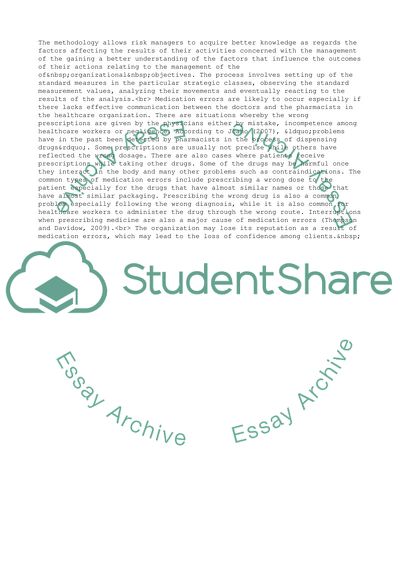Cite this document
(Analyzing Risk with ERM Research Paper Example | Topics and Well Written Essays - 1750 words, n.d.)
Analyzing Risk with ERM Research Paper Example | Topics and Well Written Essays - 1750 words. Retrieved from https://studentshare.org/management/1738775-analyzing-risk-with-erm
Analyzing Risk with ERM Research Paper Example | Topics and Well Written Essays - 1750 words. Retrieved from https://studentshare.org/management/1738775-analyzing-risk-with-erm
(Analyzing Risk With ERM Research Paper Example | Topics and Well Written Essays - 1750 Words)
Analyzing Risk With ERM Research Paper Example | Topics and Well Written Essays - 1750 Words. https://studentshare.org/management/1738775-analyzing-risk-with-erm.
Analyzing Risk With ERM Research Paper Example | Topics and Well Written Essays - 1750 Words. https://studentshare.org/management/1738775-analyzing-risk-with-erm.
“Analyzing Risk With ERM Research Paper Example | Topics and Well Written Essays - 1750 Words”, n.d. https://studentshare.org/management/1738775-analyzing-risk-with-erm.


